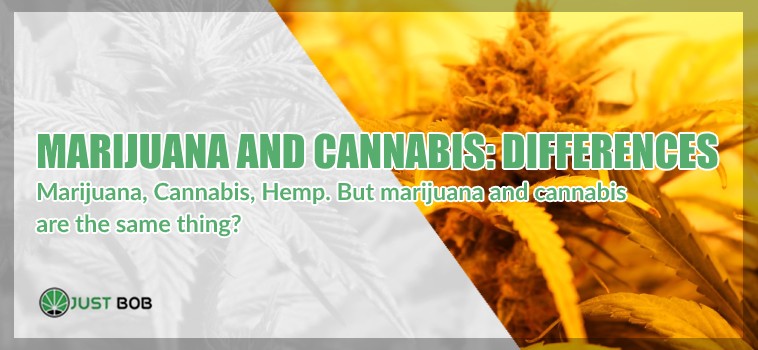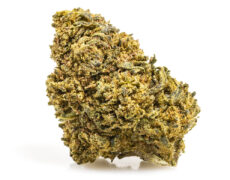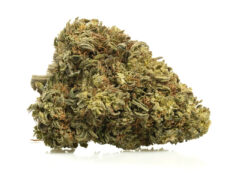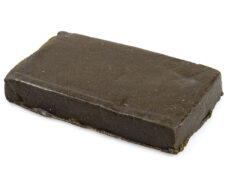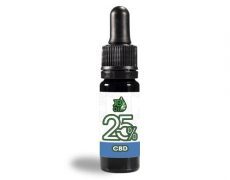Modified on: 05/01/2024
MARIJUANA … CANNABIS … HEMP … BUT ARE MARIJUANA AND CANNABIS THE SAME THING? AND WHAT ARE THE POSSIBLE DIFFERENCES?
The terms hemp, marijuana and cannabis have become, in common usage and even in the world of legal CBD cannabis, two synonyms.
We say that marijuana and cannabis are the same thing, but they show a subtle difference.
Primarily for cannabis we mean the hemp plant, while for marijuana we mean the resulting product.
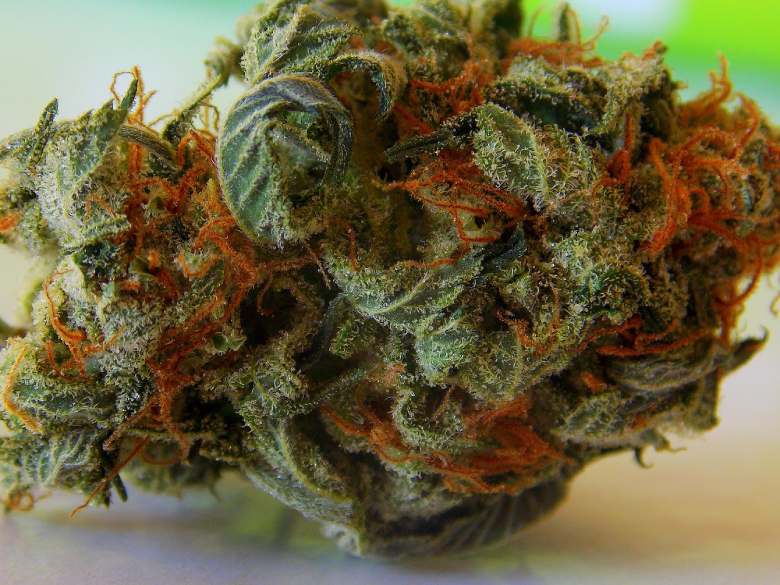

Cannabis: general characteristics
Cannabis is a plant belonging to the Cannabaceae family. The main types of hemp are 3: Indica, Sativa and Ruderalis.
The first variety, the Indica, originates from the equatorial areas and is the one that reaches the most impressive dimensions. It is characterized by thin and pointed leaves, that are those most commonly known.
Generally, Sativa contains high levels of THC and lower concentrations of CBD.
The Indica Cannabis is native to subtropical areas that do not have many hours of light. The leaves are thicker than those of the Sativa and have a wider surface.
It has a high concentrations of cannabidiol, producing soothing effects that combine sleep and relax muscles.
Finally, there is the Ruderalis variety: typical of areas with harsh climates such as Russia and northern China, its main peculiarity is that it is autoflowering, it is to say that its growth is not linked to any period of the specific year. It does not contain any relevant percentage of THC or CBD; for this reason, it is used to create new hybrids between the first two species.
If instead you are planning to grow legal CBD cannabis, we have an article that is right for you: “Cannabis outdoor, indoor and greenhouse: all the differences in this regard”!
Read also: 3 marijuana books that will turn you into a skilled farmer!
THC and CBD: what are the differences?
The cannabis plant is best known for the compounds that it contains, cannabidiol and tetrahydrocannabinol.
The first, the CBD, is contained in high percentages in CBD flower. It is a non-psychotropic active principle, it means that it does not alter the mental and physical capacities of consumers.
THC, on the other hand, is responsible for the illegality of the grass. It is the cannabinoid most loved by cannabis connoisseurs because it necessary to take only few doses to notice cerebral effects.
The properties that made it illegal, however, are the same that led the experts to apply it also in the medical field. In fact, tetrahydrocannabinol is used to fight chronic diseases and various disorders, calming pain and relieving our body.
Technically, it releases dopamine: a neurotransmitter that regulates mood, the sleep/wake cycle, the attention levels and other behavioral aspects.


Therefore it causes pleasant sensations, altering the sensory capacities of the consumers.
We must not be fooled by this: a high amount of THC could cause unpleasant effects such as depression, rapid heartbeat and aggression.
The CBD, on the other hand, being a non-psychoactive compound, has no effect on the physical and mental perceptions of the consumers. In fact, it finds application in the medical field to relieve pain caused by inflammation, to treat psychological disorders such as schizophrenia or anxiety.
Marijuana: origin of the term
Marijuana, sometimes referred to as ganja or weed, is a substance obtained from the dried inflorescences of the female cannabis plants. In all cannabis varieties there are, in varying concentrations, different psychoactive and not substances.
Originally, the term was used in Mexico to refer to the variety of cannabis to be consumed for recreational purposes.
In Italy, marijuana with a high THC content is illegal, it is acceptable up to a maximum limit of 0.2%.
All this is related to the problem of the effects induced by the use of this substance that can be different and act differently depending on the subject.
CBD weed and legal hash, with high levels of CBD and a low percentage of THC, releases calming effects especially on the body. On the contrary, instead, THC mainly affects the brain, inhibiting our faculties.
But what is legal hemp specifically?
Legal CBD marijuana
Marijuana is a substance obtained from sativa cannabis plants and, over time, hybrids have been made to obtain varieties with high CBD contents.
For this reason we speak of light or weakened marijuana, which is not addictive and does not act in any way on our faculties.
The light grass, easily available together with CBD oil and CBD hashish on our shop justbob.shop, is rich in beneficial properties.
In fact, its field of application is very broad.
Read also: The price of legal hemp in Italy and in the world
Analgesic, anti-inflammatory, anticonvulsant and anxiolytic properties are underlined.
It is also useful for regulating the wake/sleep cycle, nausea and pain.
The expanding market has made it possible to hire CBD in different ways, so as to meet everyone’s needs.
Among the best, we have cannabidiol oils (remember: cannabis oil is a different product than our CBD oil), one of the simplest, fastest and most effective ways to quickly benefit from the positive properties of this cannabinoid.
The reason why CBD buds is at the center of many debates concerns its main characteristics: although it derives from cannabis, it is not a narcotic substance and does not harm our body in any way.
Effects of Legal Cannabis, THC, and Their Varied Impacts
In recent years, the landscape surrounding cannabis has evolved significantly, with increased attention on both legal and recreational aspects. Let’s delve into the effects of legal cannabis, particularly the differences when compared to cannabis with THC (tetrahydrocannabinol).
Legal cannabis, derived from the cannabis plant, often refers to medical marijuana prescribed for various conditions. Recognized by health organizations such as the National Cancer Institute and Health Canada, medical cannabis has been approved by the FDA for certain medical conditions, including seizure disorders and nausea associated with prescription medication.
On the other hand, cannabis with THC, found in marijuana plants, is commonly associated with recreational utilisation. The psychoactive properties of THC are known to impact reaction time and cognition, contributing to its classification as a controlled substance under federal law. The effects of THC, when smoked or consumed, can vary widely, and the substance is also associated with potential negative effects, such as an increased risk of substance abuse and dependency.
While legal cannabis may offer potential pathologies for specific medical pathologies, it is crucial to distinguish it from recreational marijuana, which may carry its own effects and risks. The National Institute and Mental Health Services Administration emphasize the importance of understanding the impact of cannabis use on mental health, particularly in the early stages of its legalization.
Research, including systematic reviews and observational studies, is ongoing to explore the complex cannabinoids present in cannabis and their effects on various medical conditions. As the legal landscape continues to change, it is essential to stay informed about the potential pathologies and harms associated with cannabis use, whether for medical or recreational purposes.
In conclusion, the effects of legal cannabis and cannabis with THC are multifaceted, impacting physical and mental health. As the field of clinical neuroscience and integrative health advances, more research is needed to comprehensively understand the implications of cannabis use and its potential pathologies Fand risks.
Unlocking the Potential: Medical Marijuana in Ireland
In recent years, Ireland has witnessed a shifting perspective on the use of medical marijuana to address various health conditions. As the debate surrounding the cannabis plant intensifies globally, Ireland has embarked on a journey to explore the therapeutic potential of cannabis sativa for medical purposes.
Medical marijuana, derived from the cannabis sativa plant, is gaining recognition for its role in providing relief to patients facing severe forms of illnesses. Unlike the stereotypes associated with recreational utilisation, medical marijuana aims to harness the healing properties of the plant, with a focus on alleviating symptoms rather than promoting smoking cannabis or encouraging cannabis use disorders.
Ireland’s approach to medical marijuana underscores a departure from the stereotypical image of individuals choosing to smoke pot for recreational purposes. Instead, the emphasis is on providing patients with regulated and controlled access to cannabis products, ensuring the usage aligns with medical guidelines and standards.
Treat nausea is one of the primary objectives of medical cannabis, especially for patients undergoing treatments where traditional remedies may fall short. The potential pathologies of cannabis extract in its purified form have led to a more nuanced understanding of its therapeutic applications.
As Ireland embraces the concept of medical use, it stands at the forefront of a movement to demystify the term cannabis. Rather than associating it solely with recreational utilisation or contributing to marijuana use disorders, the country is focusing on its potential in healthcare.
However, challenges persist. Cannabis indica, often linked with recreational utilisation, and concerns about alcohol dependence require careful consideration in the regulatory framework. The government, guided by the principles set by the United States government and supported by systematic reviews and national academies, aims to strike a balance between access and regulation.
In this journey, Ireland is navigating a path that avoids the pitfalls of an underground culture and the negative connotations of cannabis smoking. Instead, it aspires to foster an environment where medical weed is understood as a legitimate option for those in need, devoid of the coded language associated with weed culture.
In conclusion, Ireland’s exploration of medical weed represents a step toward a more comprehensive understanding of its potential benefits and potential harms. As the nation grapples with the intricacies of CBD use and the role of THC in its common forms, it is on the cusp of a transformative era in healthcare, where the therapeutic potential of the cannabis plant is gradually being unveiled.
Read also: How many types of marijuana exist?
Unveiling the Marvels of Cannabis Sativa: Beyond the Myths
In the realm of holistic health, the versatile cannabis plant has emerged as a focal point of scientific scrutiny, moving far beyond the misconceptions of drug abuse and recreational smoke pot culture.
As we delve into a systematic review of the plant’s components, it becomes evident that the potential benefits extend beyond the confines of an underground culture that primarily associates it with leisurely pursuits. Rather, the focus is on the exploration of diverse cannabis products, acknowledging their role in medical applications.
The therapeutic potential of cannabis , particularly in addressing PTSD symptoms, stands out as a beacon of hope. Unlike the stereotypes of dried flowers rolled to smoke pot, medical applications seek to harness the plant’s properties in a controlled and regulated manner. Importantly, these applications come with very little THC, steering clear of the misconceptions surrounding recreational use.
The journey toward understanding the nuanced benefits of cannabis involves navigating through the terrain of regulatory frameworks, including those outlined by the FDA approved guidelines. This journey is supported by research institutions such as the National Center and National Library, which contribute to dispelling myths and fostering a more informed discourse.
Acknowledging that cannabis exists in a landscape alongside other drugs, including hash oil and substances with slightly different shading, requires a comprehensive understanding. By avoiding the coded language associated with terms like “Mary Jane” or “weed,” we pave the way for a discourse rooted in scientific exploration and clarity.
The narrative extends beyond recreational use to explore molecular targets within the plant, underpinning its potential for medical use. While considerations of higher risk and potential pitfalls, as noted in JAMA Psychiatry, are crucial, the conversation is evolving toward a more nuanced understanding of the role of tetrahydrocannabinol (THC), highlighting its diverse applications.
The availability of THC and CBD products, underscored by a toll-free information approach, aims to empower individuals to make informed choices about their health and well-being. This progressive narrative seeks to demystify the one-word stigma often attached to cannabis and other substances, fostering a landscape where education, research, and responsible use coexist harmoniously.
Conclusion
In this article, we have explored the differences between weed and marijuana, considering that nowadays we can use the terms as synonyms. Additionally, we have delved into the usage of this plant, both recreationally (in its legal form) and medicinally (extremely important for certain pathologies). It’s important to remind you that we at Justbob, like you, are curious to learn more about the world of cannabis, but we are not doctors or scientists. Therefore, this article (like others on our blog) has been written purely for informational purposes!
In any case, now that you are aware of the difference, if you are interested in discovering more about some inflorescences or CBD-derived products such as hashish or CBD oil, feel free to visit our shop!

